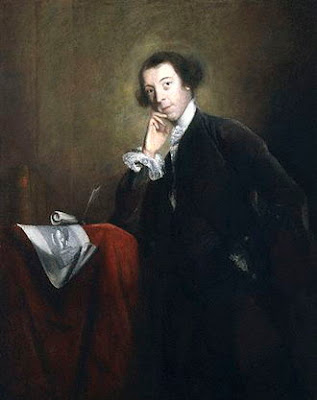Horace Walpole 1717-1797

Horace Walpole 1717-1797 "The Many Lives of Horace Walpole" Lecture by George E. Haggerty October 26, 5:30 PM Yale Center for British Art Lecture Hall 1080 Chapel St., New Haven, CT 06510 In his charming biography of Horace Walpole, R.W. Ketton-Cremer makes the point that “one of the difficulties which confront a biographer of Walpole is his remarkable versatility. He was active in many fields—in politics, social life, literature, architecture, antiquarianism, printing, virtù; and it is not easy to include them all in the compass of a single volume.” George E. Haggerty, Distinguished Professor and Chair Department of English, University of California, Riverside, who is currently writing a new biography of Horace Walpole, will take up this challenge in his lecture with and through Walpole’s letters. Haggerty asserts that Walpole writes himself into his experience by means of his epistolary imagination. Professor Haggerty’s talk wil


